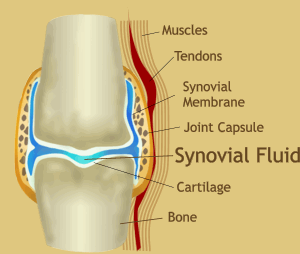 I have decided to share my opinions with you tonight. After two wonderful speakers came into class today to discuss a complementary and alternative health department (that is administered by a Doctor of Chiropractic) in a local hospital, it led me to think about what the future of the chiropractic professional holds. There are several views and paradigms ranging from the strict upper cervical/neuro"philosophy" clinics (aptly named "Old School Docs" by the newer chiropractic generation) to those that I have previously mentioned who have integrated themselves into a hospital setting.
I have decided to share my opinions with you tonight. After two wonderful speakers came into class today to discuss a complementary and alternative health department (that is administered by a Doctor of Chiropractic) in a local hospital, it led me to think about what the future of the chiropractic professional holds. There are several views and paradigms ranging from the strict upper cervical/neuro"philosophy" clinics (aptly named "Old School Docs" by the newer chiropractic generation) to those that I have previously mentioned who have integrated themselves into a hospital setting.Patient care is number one. This is the general rule for every health care practitioner, whether it is a DPT (Doctor of Physical Therapy), Cardiothoracic Surgeon, or a homeopathic nurse, everyone unites under their concern for patient care. So explain to me, how or why wouldn't chiropractic want to jump on board? I cannot think of a single reason. Integrative medicine needs to become "good medicine" where the integrative approach is what is naturally and automatically implemented. There is a time and place for EVERY health care practitioner. I, as a soon-to-be Doctor of Chiropractic, will never claim to cure cancer, fix your cavities or even reverse your arthritis, I will, however, promise that I will serve you to the best of my abilities and give you and your needs the best clinical experience that I could possibly give, I refuse to let my ego get in the way of your care.
Chiropractic education has made dramatic leaps since the initial program implementations (Thanks Wilk! See previous posting about education hours, etc) and those who choose to embrace the general practitioner/primary care physician model are on the cutting edge of moving this profession to where it needs to be. At a recent graduation at my college, David Chapman-Smith (the secretary-general for the World Federation of Chiropractic) was quoted as saying the future of chiropractic lays within integration into sports rehabilitation and injury care, and I could not have said it better. Integration is key but not just in that one aspect. Sports injury care and on site evaluations will give chiropractic the leap forward that is needs. Luckily, I have been able to travel to a division 1 school to treat starting offensive linemen prior to games on several occasions but anyway...
These are what recent graduates are striving for every day: integrative practices, positively promoting chiropractic care, staying current on the neurological advances in why chiropractic works and what else we can do, staying current on research, and complete removal of the negative conceptions about chiropractic from skeptical minds.
Lack of compliance hinders progress. Ask questions! Be active in your health! Challenge your doctors, it will not only make them a better doctor but it will also make you more responsible for what's going on in your health!

